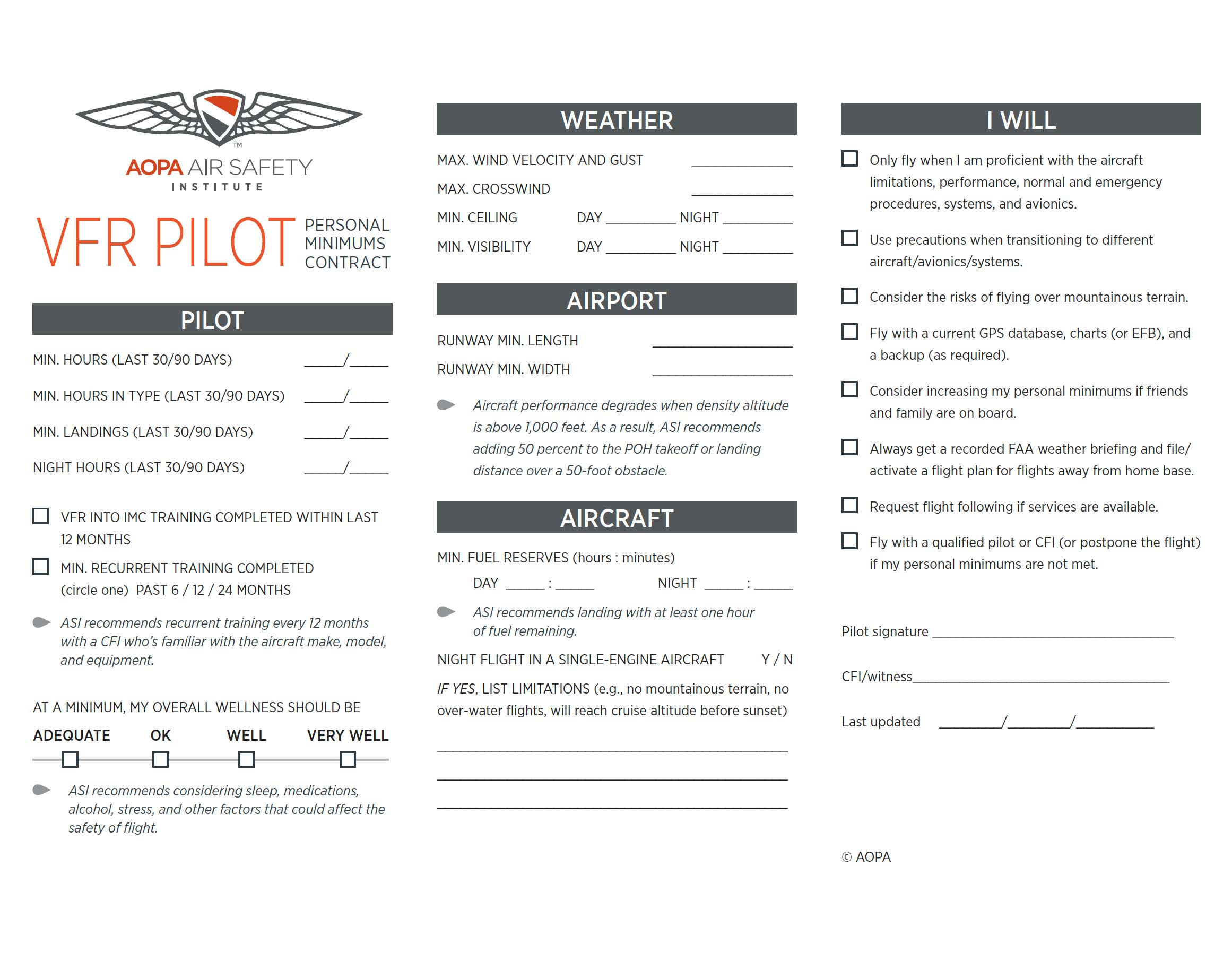2020 has been some year. Gone were the AOPA Regional Fly-Ins, Sun ‘n Fun, Oshkosh, as well as all the awesome state and regional airport days and charity fly-ins I usually attend. Should you choose to hang out with me over the next four months while the weather improves and COVID [hopefully] fades, you will gain insight from me and a dozen of my friends.
This blog-series, Into the Alligator’s Mouth, will center on the psychology of personal minimums; your personal relationship with your minimums.

Actual scary alligator. Photo credit: Lauranell Grisham, High School friend extraordinaire
Like any healthy examination of relationships, we will focus on:
-
why we create them,
-
why we commit them to paper [or not],
-
when we fudge on them,
-
what we learn from them, and
-
what we hope never to again, experience.
This year I have flown about ½ to ¾ my normal hours. The majority were in training for the Commercial certificate and the check ride I took in the Columbia River Gorge. Due to the fires in the Pacific Northwest this summer, I had some very recent experience flying in actual instrument conditions [smoke/ash] down to published minimums.

Shasta, en route to Hood River Oregon
Yet on a routine flight home from Camarillo, I received a bit of an awakening about my personal minimums. Let me explain. My best friend Pia and I had just finished a great weekend up at the beach. The plan was to fly her home to Camarillo, turn and burn back to Santa Maria. The weather at home was forecast to be 1000 overcast, which really wasn’t a big deal. As I flew the short flight home dusk began to fall, and so did the ceiling.
When ATC originally asked my intentions, I asked for the RNAV 30, but as the visibility went down, I opted for a precision approach. Normally if I am planning for a flight with an approach in actual conditions, I carry a printed plate which is highlighted, have an iPad geo-referenced plate on Foreflight, and the approach loaded in to my G530W. I wasn’t anticipating this approach, so I didn’t have the paper print out, but had everything else. I briefed the missed approach and noted that San Luis Obispo Airport was VFR. I knew that if I went missed once, I would immediately go to San Luis Obispo and have my son pick me up. I got vectored way out over the ocean and finally turned in to the ILS 12 Santa Maria. I broke out just 60 feet above published minimums, had great forward visibility underneath, and landed just fine. Another successful flight of Haywire Airlines.
I have to admit that as I was flying, I realized my personal minimums had not been adjusted since right after my 2017 instrument check ride. Further that I could fudge on my minimums and best case no one would know, and worst case the NTSB investigator would know.
My personal relationship with minimums
At time of instrument rating in November 2017 I had 7 hours in actual [dual] and my personal visibility minimums on departure were double precision approach minimums, or approximately 400 feet with the idea being that if I needed to get back in to the airport, I could. For approach, I also used double the charted minimums, while I was still pretty green.
Sometimes my Facebook memories provides a mea culpa type situation for me. Here is a snippet from a 30-day-old instrument pilot flying in dense smoke. In this case, I was within my personal minimums but the conditions were unique.
“December 17, 2017: Today was a great day for me, sorry for the long post. Feel free to drink heavily as you read, or eat sugar cookies. It started off as a Pilots and Paws rescue flight for a one-eyed cat named Gio. Since I was headed up to the Bay Area, I thought I would contact my 96-year-old pen pal/friend William Mason [Army Air Corps Flight Instructor at Rankin Field with my Dad, and brother to uber famous pilot Sammy Mason] who flew out of Petaluma to see if we could meet up for a burger at the 29er Diner.

Smoky Skies
I did all my flight planning with Foreflight, SkyVector, and the NOAA site for weather which was severe clear except for smoke in vicinity of departure airport, Santa Maria, CA. I filed the flight plan online and got an email that it was received by flight service [She thinks “What a rock star I am for using all this wonderful technology”] When I left the house this morning it looked like dusk instead of dawn due to the smoke. I could see that San Luis Obispo was clear, so I thought, at most, I would be in the smoke [instrument conditions] for just a few minutes. Opening the hangar door, I could see a fine layer of ash all over my Kennon cover.
As I loaded up the plane I looked out and saw the tiniest of tiny suns trying to burn through the smoke. I got my taxi clearance and asked tower for my IFR clearance to Petaluma. The next bit of news was not so happy “Uh, 6619U I have no IFR flight plan for you in the system.” Drat! I mentioned that I had even gotten an email confirmation. Hmmm. I let the lovely tower folks [really, they are, no sarcasm there] know when I was done taxiing, I would figure it out. Figure it out I did. Guess who filed the plan for a WEEK from today? Me, yup me. Duh. Luckily, I had the routing, so no worries, got it put into the system.
Upon departure the smoke was maybe 1000 above ground level… maybe. I was in the smoke; I mean in the smoke. Could not see anything, nothing. “Okay Sister, this is what you are trained for, instrument scan, track the course, you can do this. Probably won’t be but a minute or two.” Yeah—no. Just under thirty minutes later I come out of the smoke right over the Paso Robles airport. I knew that my tracking was not the best while in the smoke. I was disappointed that I sort of got flustered. I was able to just regain my composure and soldier on.

Bill Mason & Me
Hecky darn, that was stressful. I flew up the coast and the day was spectacular. ATC was super helpful and I was able to navigate well with my lowly 2-VORs, DME, Garmin 396 and IPad mini. I asked for the Bay Tour [as did about a hundred others] and was grinning ear to ear flying over the Golden Gate Bridge, Alcatraz and the bay. I headed off to Petaluma and landed safely. The next few hours were spent with Bill and his daughter.
We got to catch up, talk about aviation and some of his glory days. When it was time to leave, I made sure to check the date and time on my flight plan and hit “File”— voila it went through. I did get vectored in a way from ATC that reminded me of an old high school cheer “lean to the left, lean to the right, stand up, sit down, fight, fight, fight” The routing on the way home was offshore quite a bit. I don’t know about anyone else, but I swear I hear every single engine hiccup when I am over water.
At 9000 I saw a beautiful and enduring view of the sunset off the right side. I knew that the smoke would be formidable on the approach into the Central Coast. I descended down from 9000 to 8000, then down to 5000. Under the smoke at 4000 feet, it was black as night. I requested a precision approach from ATC. I thought it best to fly an approach I had practiced many times that took me right to runway 12. Between the black of night, and the ash build up on the windscreen, and the general haziness from the smoke, the approach was challenging.
For those pilots reading you will be cheering for me as my needles were centered DEAD-ON the whole time. I did have a little bit of an optical illusion just above the aim point. It was hard for me to tell how high I was above the runway to begin the flare. I should have maybe looked out the left window, but I didn’t. Landing was rock star– which is so wonderful. All in all, I had an hour of actual. Another successful flight of Haywire Airlines.”
I used an AOPA IFR Template to develop my written personal minimums for my instrument check ride.
 There is also a VFR Template available.
There is also a VFR Template available.

My “hard and fast” minimums are about items that scare me the most: ice, low visibility, low fuel. Flash forward to 2020 and I had approaches in to Oshkosh close to minimums [weather] and several California airports to minimums in smoke. But I hadn’t updated my written minimums until now.
Pucker Factor: On the trip home from Camarillo, I wasn’t psychologically ready for an approach down to minimums, but the reality of the overcast layer meant I had to slow down the airplane, and get ready. If you argue with reality, you will lose, every time.
Hidden Gem: Updating my written minimums every season will keep them relevant and my flights safer.
As I pondered personal minimums in a pandemic, I decided to reach in to my address book of pilot friends and reach out to ask questions about minimums, guidelines, self-restrictions and the like.
I spoke to range of folks from pretty newly minted private pilots, to those working on an instrument rating, commercial, CFI and DPE. I talked with female and male pilots with hours ranging from low hundreds to 25,000. While all I talked to had a formulation for themselves in regards to limits, I found out that except for me and the two guys with over 20,000 hours, no one else had personal minimums written down.
I had a fabulous time talking with the 12 pilots and I got a little gem or a pucker factor from each of the conversations. So join me next year, for more stories. My hope is that our words might start an honest discussion on ways that we can keep ourselves safe in the airplane or on the ground. Because in the end, cheating on your minimums is cheating on yourself.
As one CFI/DPE I interviewed pondered regarding minimums…
“How far do you put my head in an alligator’s
mouth before I can’t get it out?”
 So long 2020
So long 2020



